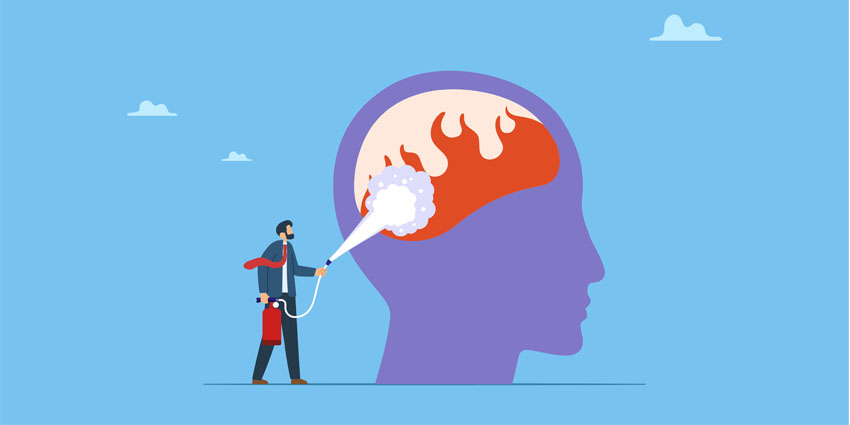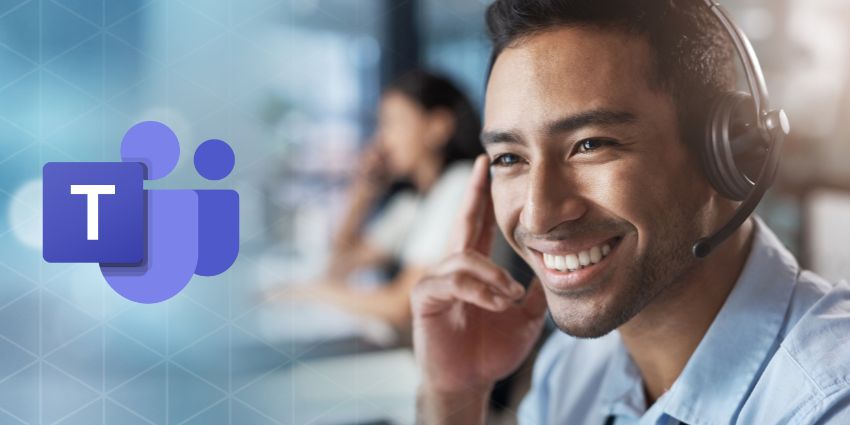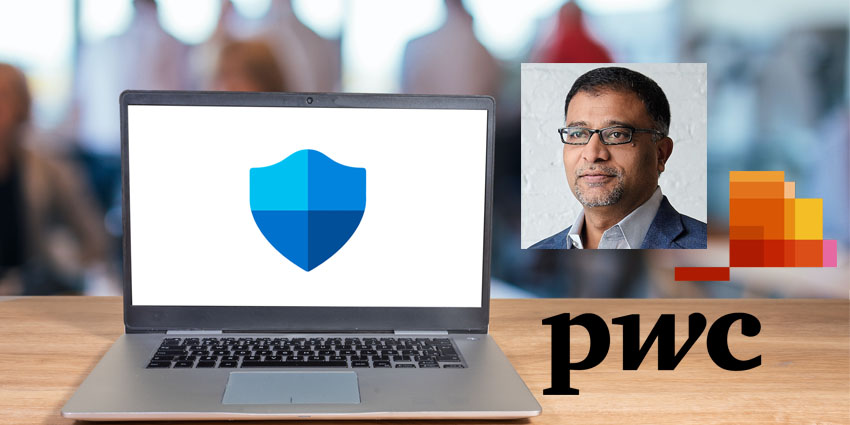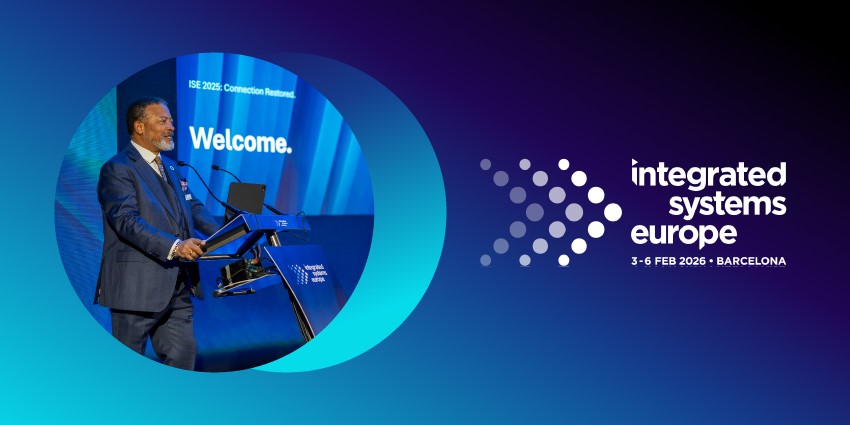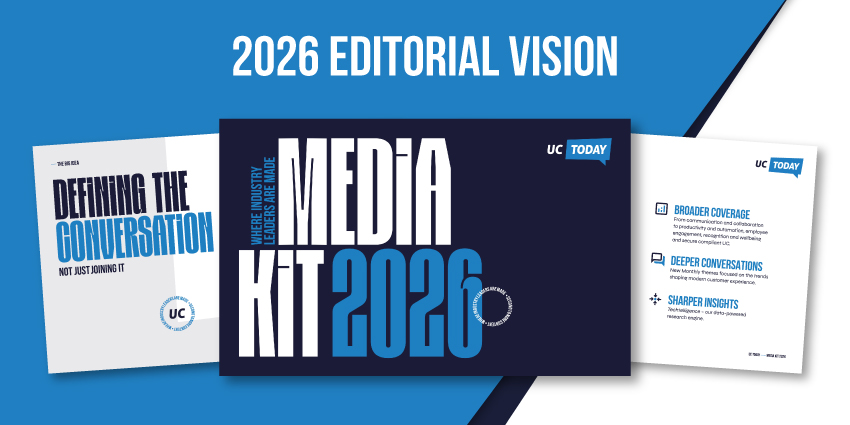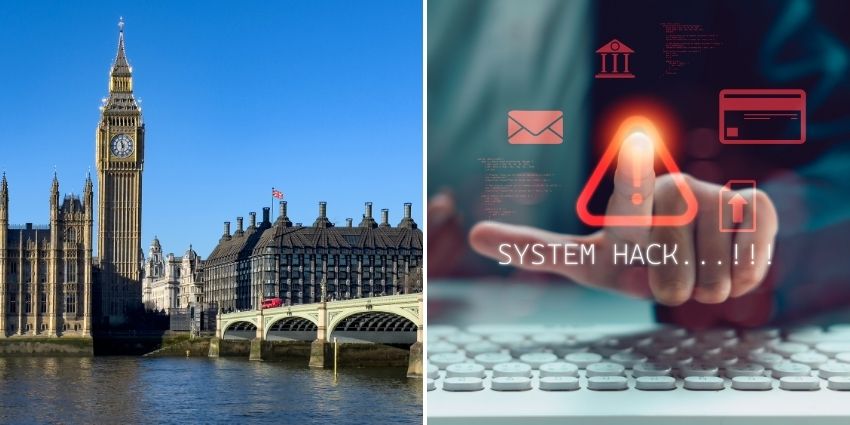Burnout is costing companies more than they often realize. In contact centers, healthcare teams, and logistics hubs, people are leaving at alarming rates, close to 40 percent a year in some cases. Every departure results in weeks of lost productivity and roughly $14,000 in replacement costs. The ripple effect? Slower service, higher stress on the staff who stay, and customers left waiting.
What’s driving it isn’t a lack of talent or effort. It’s the grind of repetitive updates, too many disconnected systems, and pressure to do more with less. That constant load wears people down.
Fortunately, for companies focusing on reducing burnout and improving employee engagement, CPaaS is starting to play a bigger role. By taking over routine notifications, surfacing answers with agent assist APIs, and creating smoother workflows, CPaaS helps reduce strain and enhance employee experience in more ways than you might realize.
- CPaaS Workforce Engagement: Smarter Alerts for Frontline and Deskless Employees
- Closing the Loop with Real-Time Feedback: CPaaS for CX and EX Leaders
The Burnout Pattern: Why Workflows Break
Ask anyone in a contact center, a hospital back office, or a busy dispatch hub what drains them most, and it’s rarely the tough calls or the patient crises. It’s the constant noise. Endless updates, follow-ups scattered across email, chat, and spreadsheets. Switching between apps to chase a simple answer. Teams end up with very little energy left over for actual work.
More tech isn’t always the answer. Instead of reducing pressure, poorly integrated systems can double it: staff spend extra time fixing mistakes, rewriting updates, or repeating the same explanation on three different channels.
Disengagement follows. Most employees who check out mentally also underperform, pulling down productivity and driving up errors. Meanwhile, many staff members turn to WhatsApp or Signal to cut corners, tools they are familiar with, but ones that sidestep compliance, creating a growing shadow IT and compliance problem.
Currently, burnout doesn’t stem from one major failure. It builds up in small inefficiencies, repeated day after day. Breaking that cycle requires a system that simplifies, rather than multiplies, the flow of work.
Employee Engagement: CPaaS Solutions for Tackling Burnout
Burnout doesn’t just happen because the job is hard. It happens when the tools make the job harder than it needs to be. That’s the issue employee engagement CPaaS solutions are starting to address. By embedding communications into the systems people already use, CPaaS creates workflows that lighten the load instead of adding to it.
- Automating the Repetitive: Sometimes, tasks don’t really need a human in the loop. Sending appointment reminders or delivery updates is easy to do with CPaaS workflows alone. You can create a workflow and send automated alerts via SMS, WhatsApp, or RCS. Staff don’t waste time repeating the same message on different channels.
- Agent Assist APIs: Instead of searching through a knowledge base mid-call, teams can use agent assist APIs to surface the right information in the moment. They can generate a quick summary for the CRM, translate a question in real time, or prompt the next best action. These kinds of tools directly cut after-call work minutes, one of the biggest sources of daily fatigue.
- Smarter Orchestration: The value isn’t just in what gets automated, but in how it’s delivered. A reroute message that fails on WhatsApp can bounce to SMS. A callback workflow can replace the need for an hour on hold. By handling logistics in the background, CPaaS reduces the likelihood that a minor issue escalates into another stressful situation.
- Built-in security: Security is part of the story as well. Staff often turn to WhatsApp or Signal to move faster, but that creates compliance headaches. CPaaS platforms bring those same channels under enterprise control, with archiving and audit trails built in. Employees keep the tools they know, without putting the company at risk.
Employee Engagement: CPaaS Use Cases Across Industries
The pressure to perform varies significantly across different industries. A contact center agent juggling queues faces a different strain than a nurse managing discharges or a dispatcher rerouting drivers. However, the root issue remains the same: too much noise and not enough support. Real-world use cases demonstrate how employee engagement CPaaS systems adapt to the unique demands of each sector, while maintaining a focus on reducing burnout and enhancing the overall experience.
Healthcare: Cutting Admin Work and Costs
In healthcare, the stress isn’t only about patients. It’s the paperwork, the endless reminders, the calls that never stop. Ask a nurse what keeps them late, and it’s rarely a medical emergency; it’s the pile of admin that follows them around the ward.
That’s why some hospitals have turned to employee engagement CPaaS tools. Instead of staff chasing every appointment or phoning through discharge notes, updates go out automatically. Text, WhatsApp, or even voice messages; whatever channel the patient is most likely to see. At Cambridge University Hospitals, shifting reminders into CPaaS cut no-shows by 27 percent.
The change is obvious for employees. Fewer calls, less duplication, more time at the bedside. Staff who used to spend hours repeating the same instructions can finally focus on the work that matters.
Plus, CPaaS solutions are safe. Sensitive data doesn’t vanish into consumer apps. With CPaaS platforms, records are archived, encrypted, and auditable for enhanced security and compliance. Projects at HMRC and TalkTalk, built with Webex CPaaS, have shown that even large-scale communications can stay secure without slowing down the process.
Contact Centers: Reshaping Employee Experience
Working in a contact center wears people down fast. The phones never go quiet, the queue boards keep filling, and the demand for quick, precise answers doesn’t ease up.
The trouble isn’t that agents can’t handle customers. It’s what surrounds the call. After-call work drags on, knowledge bases are slow to search, and conversations in different languages stall or require a handoff. Every delay makes the job more difficult, and over time, the strain accumulates.
This is where employee engagement CPaaS solutions make a difference. With agent assist APIs, the right answer can surface mid-call. Summaries can be pushed directly into the CRM without the agent having to type them out line by line. Real-time translation eliminates the anxiety of language barriers. Instead of juggling tasks, employees can focus on the customer in front of them.
The impact is clear in case studies. Berst, working with 8×8, boosted efficiency, reduced operating costs by 50 percent, and improved engagement by streamlining internal communications. Five9 and TruConnect reduce average handle times by utilising CPaaS-driven automation to eliminate repetitive steps. Microsoft’s Azure Communication Services are being piloted for live transcription and summarization, and they’re giving agents an immediate productivity lift.
8×8’s Q1 results already show that investments in CPaaS and AI are paying off with both customer-facing and employee-facing improvements.
Logistics & Retail: Signal, Route, Deliver
In logistics and retail, the margin for error is razor-thin. A reroute that doesn’t reach the driver in time. A shift change no one sees until it’s too late. A missed compliance alert that leaves a truck idling at the depot. Each slip costs money, and the pressure rolls downhill onto the people trying to keep things moving.
Employee engagement CPaaS systems help remove the noise from that system. Drivers receive updates instantly through SMS, WhatsApp, or voice calls, with backup options to ensure no message goes missing. Dispatchers can send alerts to entire fleets at once, while two-way channels or callbacks allow staff to confirm changes without another round of phone tag. When peak season hits, automation helps fill open shifts without the late scramble.
DPD, working with Infobip, cut failed deliveries by 20 percent by keeping drivers updated in real time. For retailers like Floward, which leans heavily on seasonal staff, using automated alerts and scheduling to keep coverage steady during demand spikes reduced costs by 14 percent.
Drivers and store staff get clearer instructions, fewer conflicting messages, and less frustration. Dispatch teams avoid the fatigue of constant firefighting. The whole chain feels more resilient.
Employee Engagement & CPaaS: The Business Case
Burnout doesn’t just drain people. It drains budgets. In a mid-size contact center, losing ten percent of staff can mean hundreds of thousands per year in extra costs. That’s recruitment, training, and the lost productivity in between. Add the overtime needed to plug gaps and compensate for mistakes made by tired employees, and the bill climbs even higher.
For employee engagement, CPaaS is becoming increasingly crucial. Companies are starting to see it less as a way to handle messages and more as a way to protect their workforce. Research shows that nearly three-quarters of organizations are already using or planning to use CPaaS.
Counting the impact is essential. Leaders want more than anecdotes; they expect data. The best measures fall into two categories. Leading indicators, such as average handle time, minutes spent on after-call work, shift coverage, or quick wellness checks, show whether stress is easing in real-time. Lagging indicators, such as attrition levels, sick days, employee Net Promoter Scores, or customer satisfaction, reveal whether those gains actually last.
Currently, the CPaaS race isn’t just about features. It’s about whether providers can make adoption easy, measurable, and sustainable. That’s the lens CIOs, HR leaders, and CFOs will apply when they weigh the value.
The Road Ahead for Employee Engagement & CPaaS
The story of employee engagement CPaaS solutions is still being written. What began with text alerts and automated reminders is already moving into richer, smarter territory.
RCS is one piece of that shift. Instead of a plain SMS, a reminder might show up with images, quick buttons, or a carousel of options. For staff, it’s faster to act on. For IT and compliance, it brings consumer-grade ease into a managed, auditable system.
AI is the other force reshaping the space. Agent-assist APIs today can capture notes or translate in real-time. Tomorrow, they’ll spot trouble before it lands: queues backing up, schedules that push people into fatigue, compliance gaps about to be missed. Alerts will feel less like instructions and more like early warnings.
The bottom line? Burnout isn’t going away, but the systems that make work harder than it needs to be can be improved. Automate the routine. Give people help in the moment. Secure the tools they already use. That’s how CPaaS reduces burnout and builds a stronger base for the employee experience.
